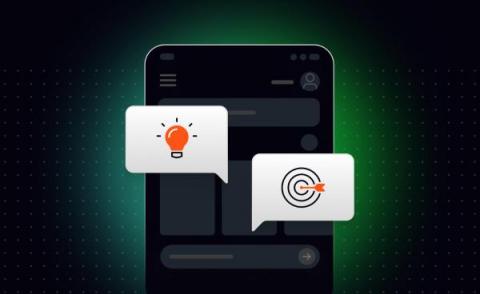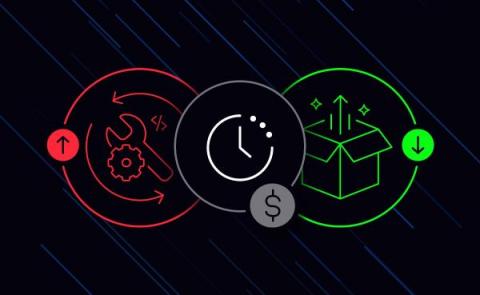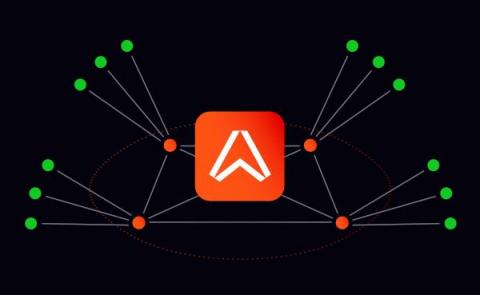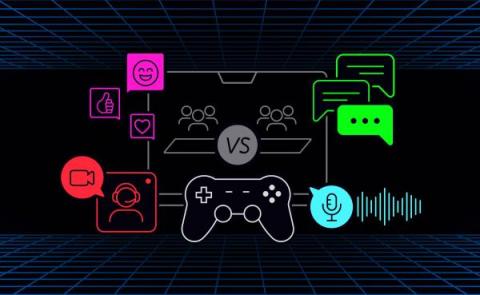In-app messaging strategies and best practices to drive delight
Increased customer expectations are fueling the need for companies to adopt an omnichannel communication strategy. Research by Google shows 68% of consumers value convenience of communication highly, which is backed by a HubSpot study where people cite 13 separate channels through which they want to communicate with businesses, including live chat and social media.











